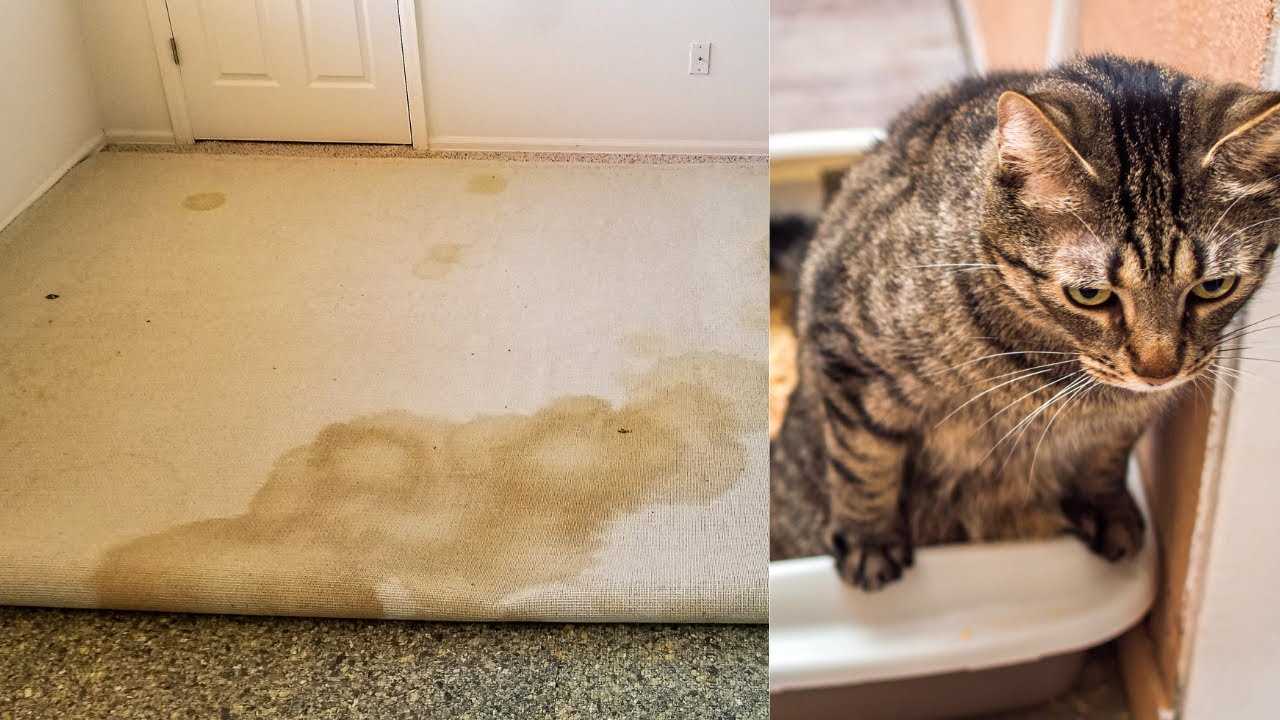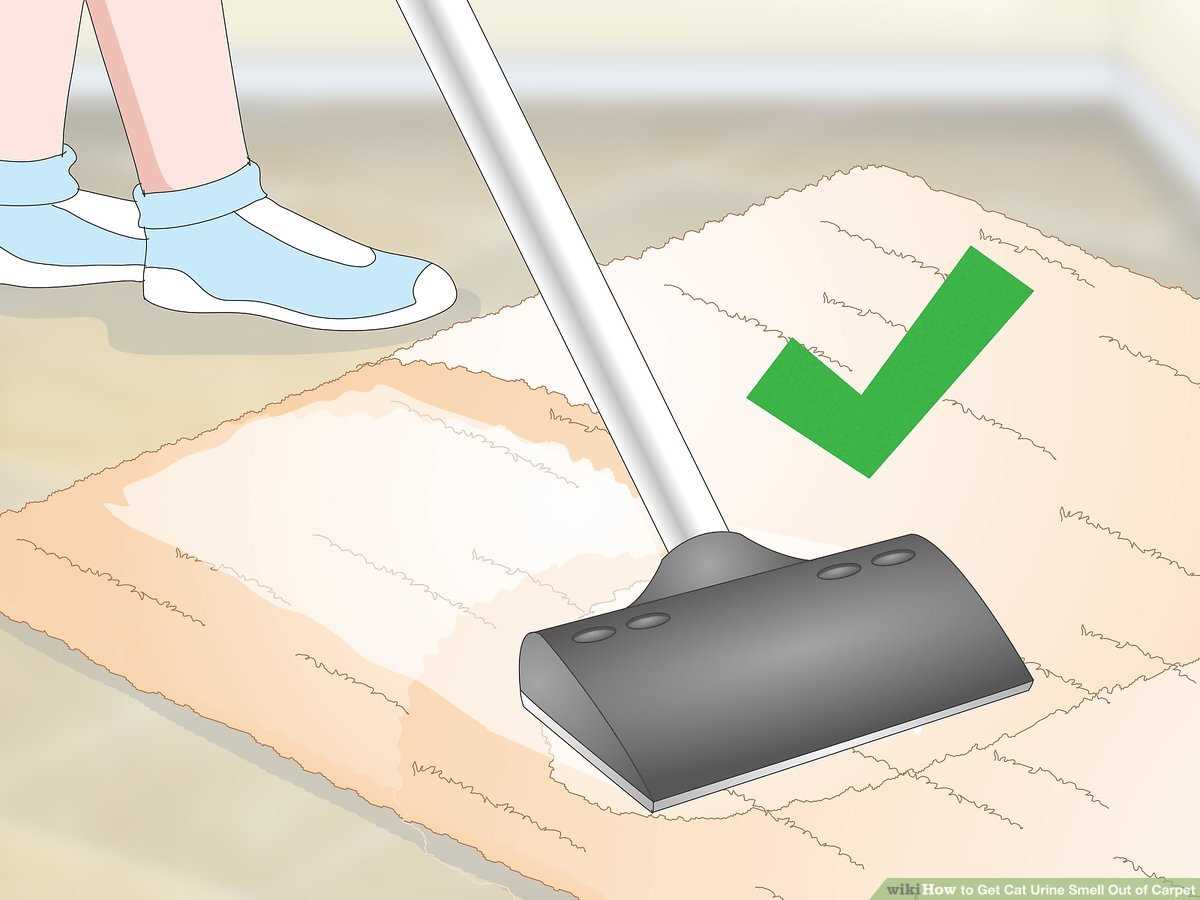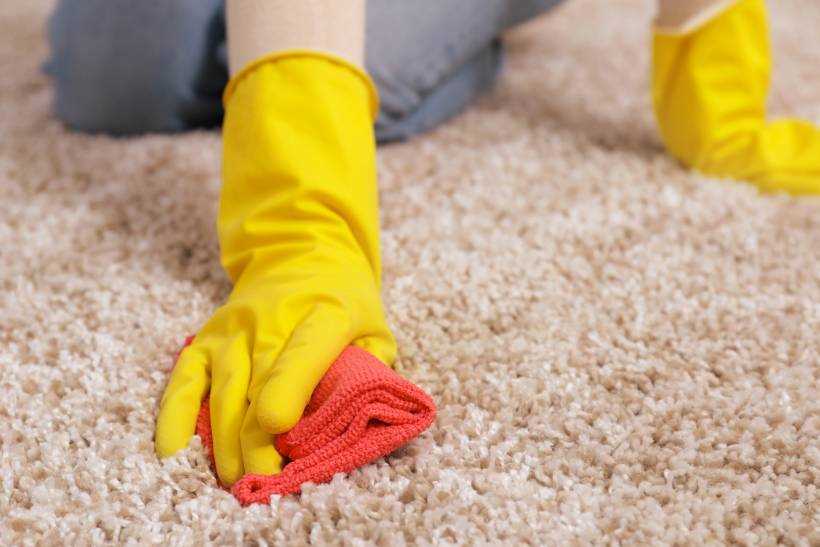



The first thing to do is to act quickly. Grab a clean towel and gently blot the area to absorb the liquid. Press down firmly, but don’t rub; you don’t want to spread it around. The sooner you tackle it, the better your chances of success.
Next, mix a solution of equal parts white vinegar and water in a spray bottle. This mixture helps neutralize odors. Spray it generously on the affected area, ensuring it soaks in well. Let it sit for about 10-15 minutes.
After that, sprinkle baking soda over the damp spot. This will aid in absorbing any remaining moisture and odors. Leave it for several hours, or even overnight, for maximum effect. Once done, vacuum the area thoroughly to remove the baking soda.
For stubborn smells, consider using an enzymatic cleaner specifically designed for pet messes. Follow the instructions on the label for the best results. This type of cleaner breaks down the odor-causing substances at a molecular level.
Removing Accidents from Flooring
First, grab some paper towels to blot the area immediately. Press firmly to absorb as much liquid as possible. Don’t rub; just absorb.
Once you’ve soaked up the excess, mix a solution of one part white vinegar and one part water. Apply this mixture to the stained area and let it sit for about 5-10 minutes. This helps neutralize odors.
Next, sprinkle baking soda over the treated spot. It will fizz and bubble as it reacts with the vinegar. After 15 minutes, use a vacuum to remove the baking soda.
If the smell persists, consider using an enzymatic cleaner designed for pet messes. These products break down odor-causing substances. Follow the instructions on the label for the best results.
For future prevention, explore options for appropriate cat litter for sensitive cats. This can help minimize accidents and keep your home fresh.
| Step | Action |
|---|---|
| 1 | Blot with paper towels |
| 2 | Apply vinegar-water solution |
| 3 | Sprinkle baking soda |
| 4 | Vacuum after 15 minutes |
| 5 | Use enzymatic cleaner if needed |
Identify the Source of the Stain
First, pinpoint the exact location of the mark. Sniff around to find the area where the odor is strongest. This will help you target your efforts effectively.
Check for any visible discoloration on the floor covering. Sometimes, the stain might not be obvious, but a closer look can reveal subtle changes in color or texture.
Use a black light in a dark room. This tool illuminates the spots where the liquid has dried, making it easier to locate the source. The glow will help you identify areas needing attention.
Inspect surrounding furniture and objects. Sometimes, the liquid might have splashed or soaked into nearby items, contributing to the odor.
After identifying the source, consider the frequency of accidents in that area. Understanding this can guide future preventive measures.
Gather Necessary Cleaning Supplies
Before tackling any mishaps, ensure you have the right tools at your disposal. Key items include:
Absorbent Materials
Purchase paper towels or a microfiber cloth. These will help soak up any liquid quickly, preventing deeper penetration into fibers.
Cleaning Solutions
Look for an enzymatic cleaner specifically designed to neutralize odors. Baking soda can also be handy for deodorizing surfaces after treatment.
For those stubborn spots, a white vinegar solution can be mixed with water. This natural option helps break down any residues effectively.
Lastly, consider a spray bottle for easy application of your solution, ensuring an even distribution across the affected area.
Having these supplies ready will streamline the process and make it more manageable. Trust me, preparation is key!
Blot the Urine Stain Immediately
As soon as I notice a spot, I leap into action. Grab some paper towels or a clean cloth right away. Gently press down on the area to absorb the liquid. Avoid rubbing; this can push the mess deeper into the fibers. My goal is to soak up as much as possible without spreading it further. If you don’t have paper towels, any absorbent fabric will do.
After blotting, it’s wise to repeat the process with clean sections of the cloth or paper towels until no more moisture is coming up. This step is critical to prevent lingering odors and stains. Remember to dispose of the soiled materials promptly to avoid any further odor issues.
Once you’ve blotted up the liquid, you can move on to the next steps in the cleaning process. And hey, if you’re also curious about pet safety, check out this link: does an electric fence hurt a dog.
Apply a Vinegar and Water Solution

Mix one part white vinegar with one part water in a spray bottle. This solution neutralizes odors and helps lift stains.
Spray the mixture generously over the affected area. Make sure to saturate the fibers for better results.
Let it sit for about 5-10 minutes. This gives the solution time to break down the lingering scent.
Blot the area gently using a clean cloth or paper towel. Avoid rubbing, as this can push the liquid deeper.
Repeat spraying and blotting until the odor dissipates. Check for any remaining stains or scents.
Once satisfied, rinse the area with cold water and blot again to remove any vinegar residue.
Allow the spot to air dry completely. This step helps prevent any remaining odors from returning.
Use Enzymatic Cleaners for Odor Removal
Enzymatic cleaners work wonders on those stubborn scents. They contain specific enzymes that break down the molecules responsible for the unpleasant aroma. When you apply these cleaners, they target the proteins in the mess, effectively neutralizing odors.
Choose a product designed specifically for pet stains. Check the label to ensure it contains live enzymes. After applying, allow it to sit for the recommended time. This ensures the enzymes have enough time to work their magic.
It’s crucial to follow the manufacturer’s instructions for best results. Some cleaners may require rinsing, while others can be left to air dry. Always test the product on a small, hidden area to ensure it won’t damage the surface.
After using an enzymatic cleaner, the freshness will return, and you’ll notice a significant reduction in lingering smells. This method is especially useful for areas that have been soiled multiple times, as it helps eliminate the source of the odor, making it less likely for your furry friend to return to the same spot.
Rinse and Blot the Area Thoroughly
Once the vinegar solution has done its job, it’s crucial to rinse the spot properly. Grab a clean cloth or sponge and dampen it with warm water. Gently dab the affected area. This helps to eliminate any leftover vinegar smell and residue.
Steps to Follow:

- Moisten a cloth with warm water.
- Carefully blot the stained region, avoiding any rubbing.
- Use multiple cloths if necessary, switching to a fresh one as it absorbs moisture.
After rinsing, it’s time to blot again. Use another dry cloth to soak up excess liquid. This will aid in preventing any lingering odors and promote faster drying.
Tips for Best Results:

- Do not over-saturate the area; too much water can lead to mold.
- Change cloths frequently to ensure maximum absorption.
- Consider using a fan to speed up the drying process.
Completing this step ensures that any remnants are thoroughly dealt with, paving the way for a fresher living space.
Prevent Future Accidents with Training Tips
Consistent litter box training is key. Each time I use my box, my human rewards me with a treat. This positive reinforcement encourages me to stick to my designated spot.
Placement matters. My box is in a quiet, low-traffic area where I feel safe. This helps me avoid accidents elsewhere.
Regular cleaning of my litter box keeps things fresh. My human scoops daily and replaces the litter weekly, which makes me more inclined to use it.
Encouragement during playtime is effective. My human engages me with interactive toys, which helps reduce stress and any urge to mark territory.
Monitoring my health is essential. My human keeps an eye on any changes in my behavior or habits, which can indicate issues that need attention.
Routine vet visits ensure I’m healthy. If I’m feeling unwell, that can lead to accidents, so staying on top of my health is important.
Lastly, patience is vital. Learning takes time, and my human knows to be understanding as I navigate my training journey.









